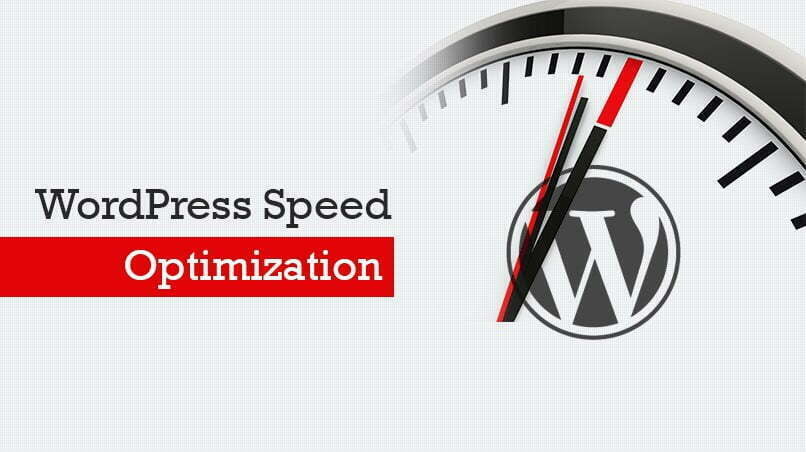Today I’m going to talk about a very popular blogging CMS platform system named WordPress and its behavior towards the server, which happens behind the scenes.
Very often people can see their hosting account get suspended because of excessive resource usage. Truly it’s a moment of panicking when you see a suspension message hanging on your own site where people come to see and become disappointed. So to prevent this kind of harassment you should take precautionary measures to minimize your server load by tweaking into your content management system platform.

WordPress and server usage:
Why very simple and sleek blogging platforms like WordPress consume excessive resource? How you can reduce or lessen your server resources by tweaking WordPress! Well, today, I may cover only WordPress but I will be trying to release another article for you to help.
If you use WordPress then you can find WordPress is great software because of its ease of use, it does have a history of using excessive server resources (such as memory and/or CPU time) at times. This is not always the fault of WordPress directly, but instead, it could be the result of either:
- A coded plugin
- Custom themes sometimes with too many unnecessary features
With so many lines of code in WordPress and custom user code written in plugins and custom themes, pinpointing directly where excessive server resource usage is occurring is a difficult task. To solve these multidimensional problems, we can approach them one by one.
#1. Stick with the latest updates:
Days passed, new bugs came up and developers jumped on it to fix and they released updates. So it is better to be updated on your WordPress platform, plugins, and themes regularly because it is seen that most recent versions have the latest optimization that can prevent from your WordPress website being hacked or suspended for excessive resources.
#2. Budget the functions you need for your theme:
The statistics show that most people choose WordPress themes/templates only when they see their design and outlook. Yes, an outlook is a vital point in choosing your preferred WordPress theme but very often these themes come up with so much garbage functionality that makes the site load slowly and puts pressure on the server CPU. So before making your best WordPress template selection, you should budget the function you want along with the look you dream of. It is better to avoid Team Avengers when Hulk is fair enough.
#3. Choose the best-coded plugin for your WordPress website:
If you are not rich enough to play with server memory then you may try to avoid using these plugins as to perform the task these offers, consumes a lot of memory of a server.
List of WordPress plugins use excessive server CPU/Memory usage:
Broken Link Checker Pounds the server with HTTP requests.
Dynamic Related Posts Almost all Related Posts plugins suffer from the same fundamental problems regarding MySQL, indexing, and search making most very database intensive.
WP Smushit Relies on Yahoo services and memory mapping… When Yahoo fails or memory mapping is exceeded, the plugin fails and brings down sites with it.
MyReviewPlugin (MyRP) SLAMS the database with writes at orders of magnitude.
LinkMan? Related to MyRP.
SEO Auto Links & Related Posts? Creates large and inefficient queries that load down the database
Fuzzy SEO Booster Thrashes MySQL
WP PostViews? inefficiently writes to the database on every page load. Try something like Automatic stats or Google Analytics to track traffic in a scalable manner.
Tweet Blender
Similar Posts– Does FULL TEXT indexes on MySQL which does not scale.
Contextual Related Posts– FULL TEXT indexes on MySQL which does not scale.
The list is collected from WP Engine and I have removed some from the list because those are vital for SEO of WordPress and enhancing functionality.
#4. Install WP Super Cache/W3 Total Cache/Memcached WordPress plugin:
Though sometimes these plugin works in a different way their purpose is all the same and that is reducing server load. These reduce a site server load by creating static HTML versions of pages as they are requested, which is then served the next time anyone hits the page. This means none of the PHP scripts or database calls are executed the second time around, so the server has to do a lot less work per page view, as it is not calling the database over and over again and does need not to wait for the database to respond. It also has the benefit that cached pages are served quicker, and thus provides a better user experience and speed in surfing the site. In order to know how Memcached works and the installation process please visit Memcached and WordPress.
We always face the best in every day. So, these four steps may make a very good and exemplary change on your WordPress and server and may save you from spending more bucks on buying a VPS but you should look always for the updated tips and tweaks available online.
We even have a range of advanced and optimized Managed WordPress web hosting plans which are built on very high-tech advanced configured servers and enterprise solutions that your WordPress website can outperform on those hosting plans.



